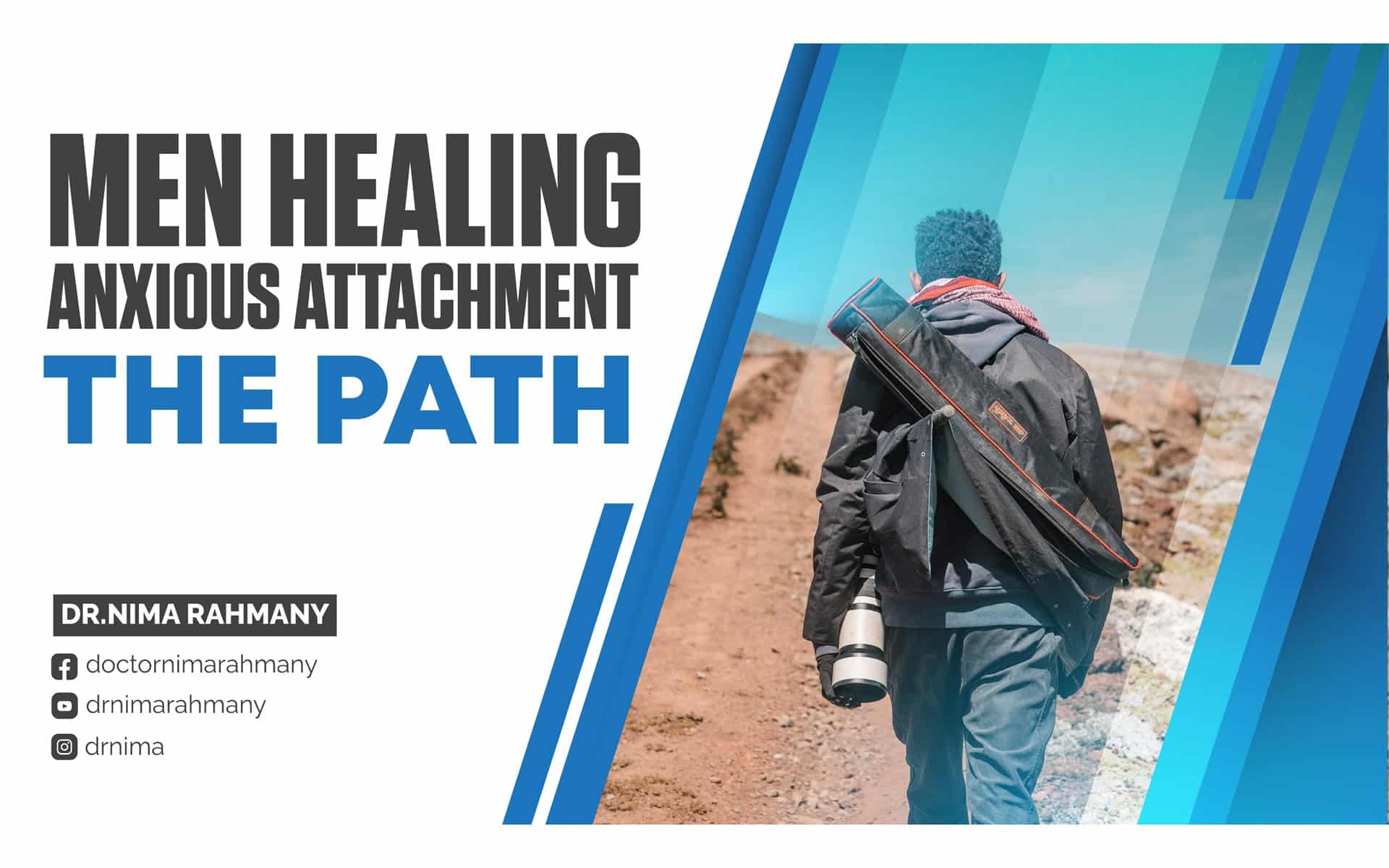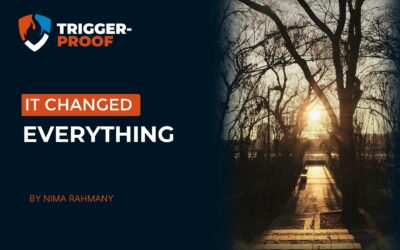Curtis is a good-looking dude.
When I see his Instagram videos—shirt off, abs on display—
I admit I get a pang of jealousy. My dad bod under this shirt doesn’t compare.
But looks only get you so far.
Despite having no problem attracting women, Curtis faced one consistent issue:
He got friend-zoned.
Within months. Like clockwork.
He did all the “work.”
Facilitated under the great John Demartini.
Attended therapy, coaching, cognitive training—you name it.
But none of it mattered.
Because once a deep attachment was formed,
usually after months of sex, the same nightmare played out:
The triggers would come roaring back.
- Unanswered Texts or Calls: He’d spiral into anxiety,
getting pushy or needy, triggering her to withdraw. - Emotional Distance: Her need for space made him feel rejected,
and he’d show up controlling, amplifying the very thing he feared. - Ambiguity in Commitment: His pressure for clarity
triggered her to pull away, leaving him feeling abandoned. - Conflict: Instead of holding his ground,
he’d fawn and people-please, erasing his own self-worth
and repelling her further. - Her Focus on Others: A harmless shift in attention—
from him to her friends, work, or hobbies—
would send him into a tailspin of jealousy and insecurity.
And here’s the kicker:
No matter how much therapy, coaching,
the fear of abandonment still ran the show.
Every woman. Every time.
At 39, successful in his career
Curtis hit rock bottom.
He realized:
- He was chasing unhealthy,
unavailable partners while pushing away the secure ones. - His unresolved fear of abandonment
was controlling his every move. - He was abandoning himself in every relationship,
chasing validation like his life depended on it.
it zapped him like a neon sign:
This need for external validation wasn’t his fault.
It wasn’t a character flaw.
It was a wound.
A wound he was finally ready to face.
For the first time, he:
- Got out of his head and into his body.
- Healed his attachment wounds and learned to self-regulate his emotions.
- Stopped chasing validation and started owning his self-worth.
Within weeks, Curtis connected with a healthy,
because it didn’t trigger the familiar anxiety he mistook for “chemistry.”
This time, he leaned in.
- He faced his fear of abandonment and alchemized it without letting it control him.
- He turned conflict into intimacy instead of shutting down or fawning.
- He stopped running on anxiety fumes and started showing up as his grounded, secure self.
Now?
- They plan their future together, naturally and without pressure.
- Their triggers are moments of growth, not chaos.
- Their relationship is a source of joy, not anxiety.
Curtis no longer lives in the fear of “friend zones” or failed relationships.
Instead, he co-creates a relationship built on mutual respect, trust, and security.
- To stop chasing.
- To stop pining and waiting.
- To stop abandoning yourself for connection.
Instead, you show up as your secure,
where your presence alone attracts healthy energy toward you.
And for the first time, you’re open to receiving it.
No more addiction to chaos.
No more pursuit of validation.
No more mistaking anxiety for love.
Imagine what that would feel like.
It happened for Curtis.
It happened for me.
And it can happen for you.
Man or woman,
it doesn’t matter.
But it starts with one decision:
To stop living by patterns that weren’t yours to begin with.
To rewire what didn’t start with you.
To de-condition the beliefs that have kept you stuck.
If you’ve felt trapped in the same cycles—
chasing, overthinking, losing yourself in relationships—this is your moment.
2025 is your year.
Because no one is coming to save you but you.
And the moment you decide to step into your power,
It’s live on zoom, with 1:1 support, and transformative at home tools for under $400.
This isn’t for everyone. It’s for those ready to:
- Expand their capacity for emotional discomfort.
- Face their triggers instead of avoiding them.
- Show up in relationships as their secure, magnetic, adult self.





